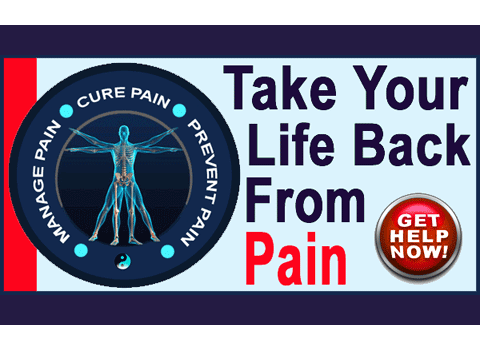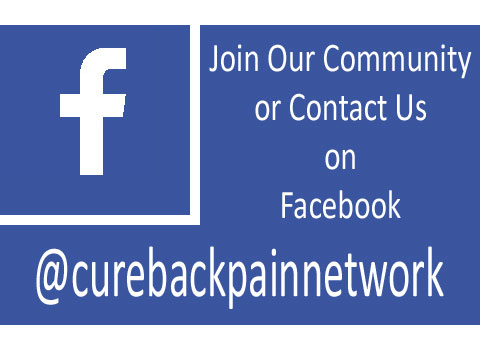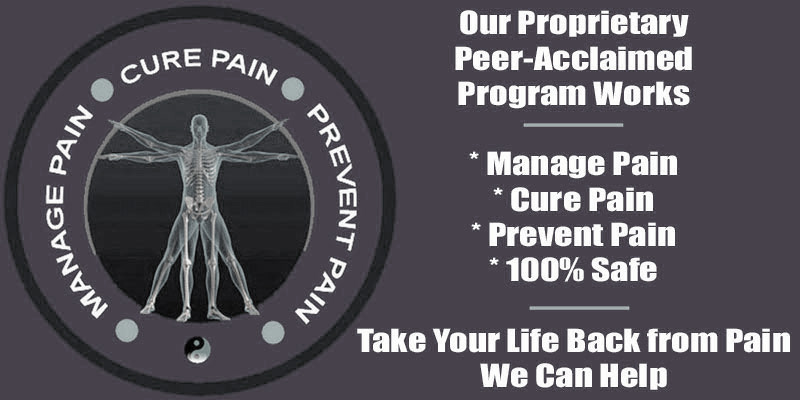
Foraminotomy for spinal stenosis is a surgical technique that can decompress nerves within the neuroforaminal openings. Foraminal widening procedures come in several forms and are often performed in addition to other invasive care methods targeting larger areas of spinal stenosis and general spinal degeneration, such as laminectomy or discectomy.
The neuroforamen tend to narrow with age and the accumulation of arthritic activity. This narrowing is especially prevalent in the lower lumbar and middle to lower cervical spinal levels, since these anatomical locations tend to bear the brunt of the deterioration in the vertebral column. Therefore, although foraminotomy can be used anywhere in the spine, over 90% of these procedures are performed between C5 and T1 and between L4 and S1.
This report examines the indications and effectiveness of foraminal widening surgeries for patients with diagnosed pinched nerves leading to radicular pain problems and other neurological symptoms in one or more limbs.
Indications of Foraminotomy for Spinal Stenosis
The neuroforamen are the spaces that allow the nerve roots to exit the spine and branch out into the multitude of tissues that innervate virtually the entire anatomy. These openings exist on both sides of the spine with an opposing pair residing at each vertebral level. In the typical spinal anatomy, these spaces are huge compared to the actual space requirement for providing nerve clearance. However, with age and activity, the size of the foraminal openings tends to decrease markedly by a process known formally as neuroforaminal stenosis. Sometimes these spaces might become narrow enough to influence nerve functionality by enacting compression on the neurological tissue as it exits the spinal column.
Pinched nerves are the laymen’s term for a compressive neuropathy condition. In these scenarios, the size of the neuroforaminal opening has decreased so much that the nerve becomes constricted within the space and suffers compression, preventing proper functionality. In most instances, this event will be painful in the short-term, but fade to tingling, numbness then weakness in the area of the body innervated by the compressed tissue.
There are other possible causes of true pinched nerves involving herniation of the intervertebral discs, changes in the spinal curvature or alignment and accumulation of stenotic growth within the central spinal canal or lateral recesses. All of these scenarios can create identical symptoms, so proper diagnostic processing is warranted prior to any treatment. MRI technology combined with nerve conduction testing is currently the gold standard for implicating or eliminating various structural issues as part of the causative process.
If the foramen are visualized as being completely closed off and the symptoms match the diagnosis of a pinched nerve at that specific location, then foraminotomy surgery might be indicated as an ideal therapy.
Foraminotomy Technique
In a foraminal trimming procedure, the openings of the neural foramen are enlarged surgically in order to remove compression against the sensitive nerve tissue. In some patients, this is the exclusive goal of the surgery, while in other operations, increasing foraminal patency is just part of the process of stenosis elimination. In these more common instances, the foraminotomy is completed along with discectomy and/or laminectomy and might also involve additional surgical steps, such as spinal fusion, spinal implant placement or corpectomy to stabilize the spine following the completion of the primary surgical objectives.
Since the spinal nerve is trapped within the foramen, the surgeon must be extremely careful not to traumatize the tissue when operating on the bony outcroppings that have narrowed the space. One wrong move can injure or sever this nerve, creating permanent sensory, functional and possibly autonomic deficits. Bony formations might also be removed from around the facet joints or within the central canal or lateral recesses if these locations seem contributory to the stenosis symptoms being expressed.
Foramen widening surgery is usually performed as a minimally invasive endoscopic technique and may even be completed using anterior incisions. However, additional surgical goals might warrant larger incisions and multiple incisions, escalating care to a more significant surgical endeavor.
Foraminotomy for Spinal Stenosis Outcomes
Single level compressive neuropathy conditions usually respond well to surgical intervention as long as the diagnosis is sound and the minimally invasive procedure goes well. For each additional surgical goal attempted, the odds of complications being suffered increase. Discectomy techniques can be particularly problematic and the addition of spinal fusion or corpectomy almost always involves the greatly heightened risk for a prolonged recovery filled with the possibility of serious complications.
One of the main reasons for failure to achieve good results is surely misdiagnosis, since pinched nerves are some of the most common of all back and neck pain problems that involve incorrect diagnostic theories of causation. This is why it is of paramount importance to be absolutely sure that the diagnosis is 100% sound before agreeing to any surgical treatment of a compressive neuropathy issue.
Spinal Stenosis > Spinal Stenosis Surgery > Foraminotomy for Spinal Stenosis





